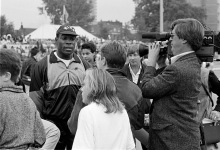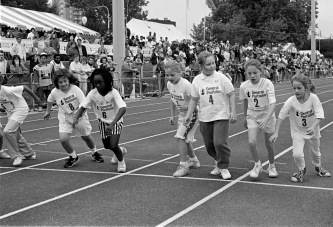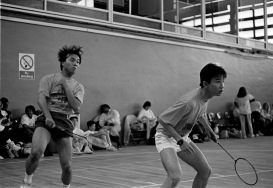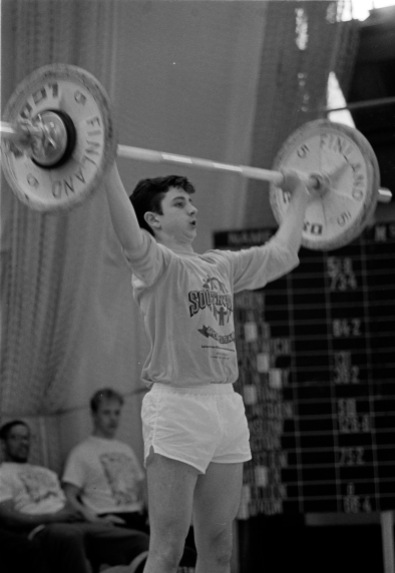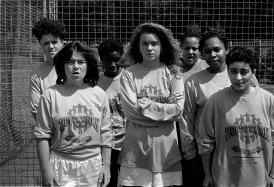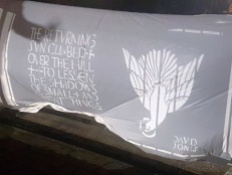by Helen Savage, Heritage Office
Across the last year, attendees to Poets in the Archives have delved into Southwark’s Archives collections to inspire new poetry. We have looked at Southwark Poets Una Mason and Pat Brown, delved into Southwark’s Roman past, borrowed pamphlets from the Feminist Library in Peckham and taken inspiration for LGBT history month from the Southwark Sappho Newsletter. Here is a selection of the work from the group. We hope you enjoy.
What does the phrase ‘towards the stars’ mean to you?

Una Marson was a Jamaican writer and broadcaster and the first Black woman to work at the BBC. Her first home in the UK was in Peckham. In 1945 she published a poetry collection called Towards the Stars
Towards the stars by Eugenia Sesti
Around the time that we were about to go on our first holiday in two years there was a lot of coverage for NASA’s Perseverance rover. Around this time, we also found out we had been in contact with someone with COVID and might have to postpone our trip. It dawned on me that sometimes things that seem impossible are feasible and sometimes a much simpler thing in comparison can bump into many obstacles. Life is not always straightforward, but we can keep on looking towards the stars.
The countdown
Has begun
From ten to one
Perseverance is in Mars
Its home beyond the stars
While a sneeze is all there is
Between me and Heathrow Terminal 5
Rotherhithe



Canada Water by Eugenia Sesti
I’m a duck
Full on bread
Slightly stale
Slightly hard
I still want to taste each crumb
I’ll take all that I can get
The leftovers from your life
Fill me up
And I don’t need to search no more
I spend my time just hanging out
Waiting for the breakfast you forgot to eat on Tuesday
Spring in Russia Dock Woods by Nirma de Silva
Walkers stride jauntily
rejuvenated like patches of daisies on grass,
scattered dandelions, hawthorn in white bloom.Pram pushers in abundance. A toddler is allowed out
by a pond, unsteady legs, stretched arms
towards mallards. They squawk, move into water.Parents point at prayerful cormorants
drying wings on logs, children observe a photographer
framing a woodpecker as a blackbird sings sweetly.Small patterned wings flutter in a hurry
for nectar, whites drink their fill
from green alkanet, some rest on leaves.Air is crisp, fresh shoots, energy flows –
willow in yellow catkins, horse chestnut in flowering
spikes. Pulling on leads, dogs excited by new scentsbark at squirrels that scamper undaunted.
Umbellifers spread white tablecloths
for picnickers, cherry adds cheer in pink.
Roman Southwark
Roman artefacts have been found all over Southwark, helping us to build a picture of this fascinating period, and provided plenty of inspiration for this session.
Roman Southwark by Nirma de Silva
It’s in the fragments
of a terracotta tile,
red corridors.
In broken plaster remnants
of wall paintings
of scenery, gods they worshipped,
the painted walls of a wealthy house.In unearthed pieces
of mosaic,
geometric motifs in red and black
stylised flowers, strands,
tessellated panels,
the floor of a large room.
It’s all there.Imagine
a central courtyard
surrounding corridors
multiple roomsIt’s there
strewn fragments of clay pots, vessels, brooches,
narthecia of perfumes, salves anointed in
public baths
built with hypocaust,
the fragrance, the indulgence
their way of living.Each piece a part of an image
that expands
stretches
to a glimpse of an era
to form
a mosaic of Roman Southwark.

Cupid in Southwark by Nirma de Silva
I am alone but never lonely
in my mansion of orange and beige walls
where columns touch blue skies.
I watch all from my vantage point
Londinium extends on the north bank
Southwark becomes a bustling suburb
of terracotta pavements, public baths,
roads stretch far to the south.
My winged feet carry me past
traders of salves, cloth, pungent salted fish
potters with samian bowls, drinking vessels for wine
public baths where perfumes drift
When people gather on feast days
in honour of gods, I celebrate in dance
on mosaic floors. Years later, I watch as my
beloved pavilion collapses in 300 A.D.
It lays beneath the gardens of Winchester Palace
Undisturbed, barren.
I wait 1600 years to see it again
Recognisable but faded, broken.
No longer my glorious mansion,
it will not draw me back.
Southwark too, I barely recognise.
You will not see me again.
The Pat Brown archive
Peckham resident Pat Brown photographed and wrote about her everyday life and the world around her. These poems were inspired by her personal archive collection.



The Nightwatchman
Tall and slim
With pictures of petals
In mourning.
Shiny and proud
You stand erect and free
Just content to be you.
But now I flick the switch
Your light floods the room.
I can read
No more groping
For the words.
And when I am done
You take care of me while I sleep
A sentinel
You stand guard
Till another light filters
Through the window blinds.
When eventide returns
I reach again for book and bed.
Later you will comfort me
Watch over me
Before I start anew.
Herewith, elsewhere by Rowenna Mortimer
Herewith, inside
They point out what I wish kept hidden
Give voice to what knows only silence
Parade the flaw in what I believe precious
Read the holy words I forgot to cover
Speak of the sacred I failed to lock away
Lean forth in their space as if to tumble through
Into mine.
Elsewhere, outside
All is secret.
‘I was only copying the others’ by Rowenna Mortimer
I need to let you know
that what you gave me is
what you said it was, is
what you hoped
This is the mediumshow off to you that what
I saw is what I saw,
to prove I spoke the truth
I’ll capture that
This is the mediumturn the green shoulder, make
it face me, how close I
trash my reputation
against the sun
This is the mediumforce the confrontation,
own the violation,
I’ll trap a thing in life
then show the lie
So this, the medium.
Southwark Sappho newsletter
Southwark Sappho was produced by the Southwark Women’s Centre on Peckham High Street from 1993 to 1994. The newsletter promoted local services and events taking place across London. We looked at archive copies at our session during LGBT History month 2022

Cut-up poetry by members of the Outside Project and Poets in the Archives



Home
This session was inspired by from Alo-Wa, a black women’s Oral History group and focused on the theme of Home.
No Shoes by Eugenia Sestini
My grandparents moved from Italy to Argentina after WWII, and my dad was born in Argentina. When he was in school, the teachers told my grandparents not to speak Italian because it was confusing him, so they never spoke Italian at home, and they never returned to Italy. I think they were worried that things would still look like they did when they had left. They both wanted to remember and wanted to forget.
No shoes
Or washing machines
A ship
Across the ocean
The hope
And longing
New beginnings
With footwear
And appliances
A language to be learned
And one to be forgotten
Do we choose what we want to remember?








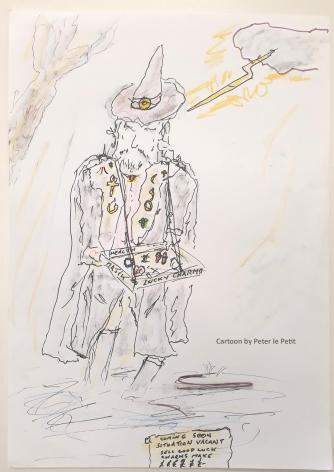










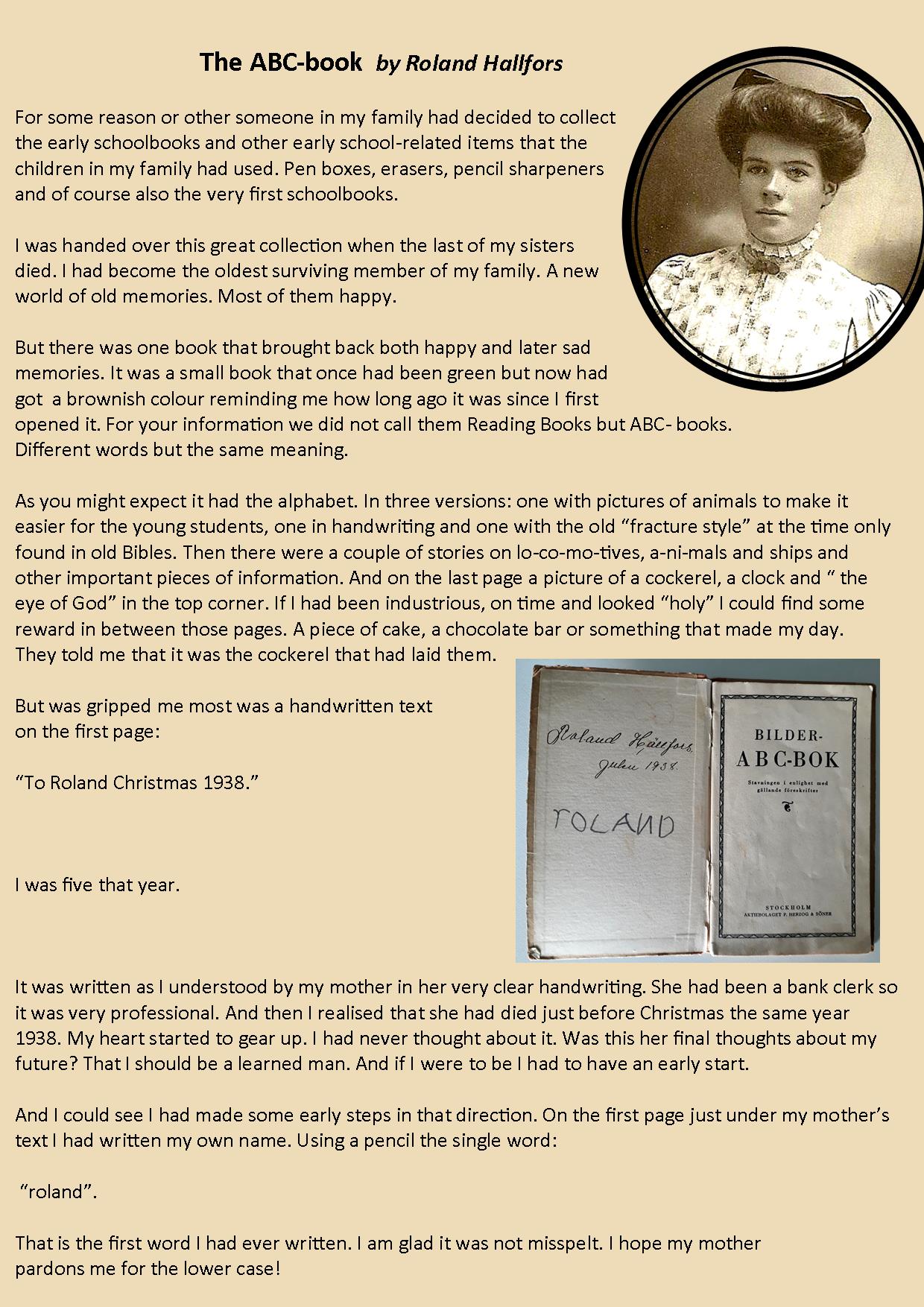






















 ‘…sleds, sliding with skeetes, a bull-baiting, horse and coach races, puppet plays and interludes, cooks, tipling and other lewd places, so that it seemed to be a bacchanalian triumph, or carnival on the water’
‘…sleds, sliding with skeetes, a bull-baiting, horse and coach races, puppet plays and interludes, cooks, tipling and other lewd places, so that it seemed to be a bacchanalian triumph, or carnival on the water’






